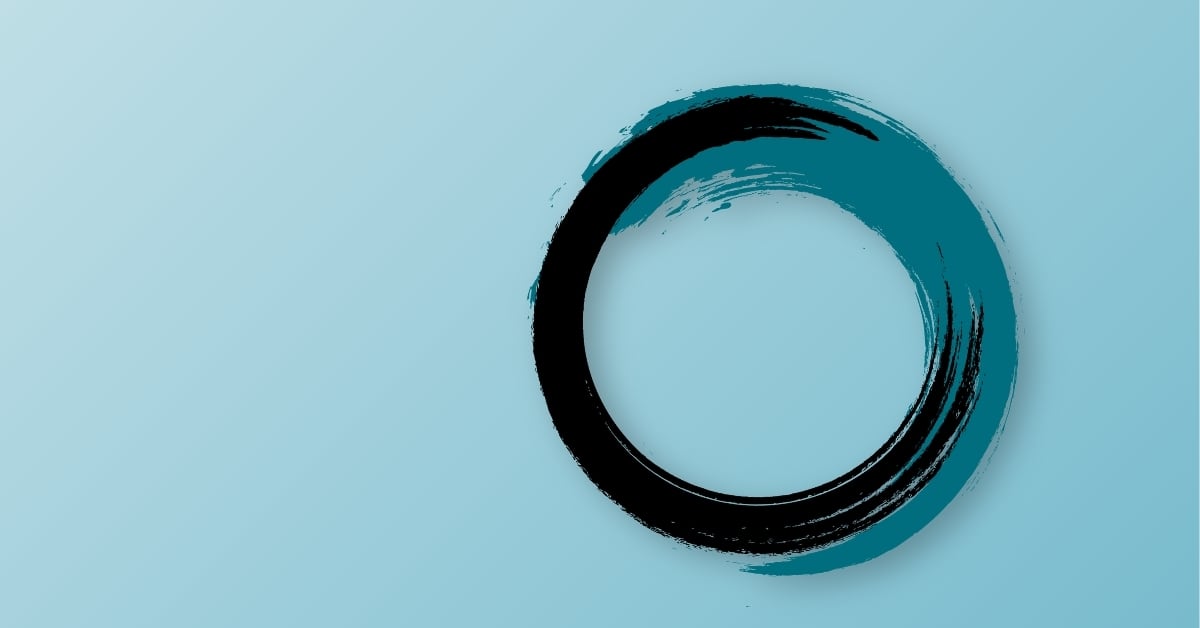The new normal is not normal (but you can still work through it)

Before COVID-19, anxiety disorders affected 18.1% of American adults. However, according to a recent survey, levels of clinical anxiety have jumped to 40% during the pandemic. Even people who are still working are experiencing anxiety about an uncertain future.
Compounding our stress is our determination to “suck it up” and forge ahead in what has been deemed the “new normal.” As we’ve replaced in-person office collaboration with virtual meetings, we’ve tried to maintain the same level of productivity and focus. Yet, as much as we try to convince ourselves, there is nothing normal about life right now.
If you’ve been having trouble concentrating – a common symptom of anxiety – as you adjust to this “new normal,” you’re not alone. You might also be experiencing physical symptoms of anxiety, such as insomnia or aches and pains – though you might attribute these symptoms to possible coronavirus infection.
Even though it can feel like the future is out of our control, there are steps individuals and organizations can take to foster better health, morale and productivity for workers – whether they’re furloughed, working from home or planning to return to the office.
Recognize signs of anxiety
One of the unique characteristics of this pandemic is that we’re all going through it. If you’re experiencing elevated stress right now, you’re in good company. In fact, you might have more reason to be concerned if you aren’t anxious about the current state of the world.
Though we may have gotten away with it for a few months, stress is starting to catch up with us now. Pay attention to how you’re sleeping. Are you tired or having trouble focusing? Do you feel tightness in your body, particularly in your throat and chest?
Take inventory of how you’re feeling now, because the longer we experience stress and anxiety, the more likely we are to normalize it to the point that we don’t notice when it’s taking its toll – until we face more severe consequences, such as burnout.
Eliminate as much uncertainty as possible
In many ways, living through this pandemic is like living through a third world war. Waiting for a second wave of infections to hit can feel like waiting for a bomb to drop. Because we’re still learning about how the virus spreads, many of us are nervous about staying safe in the workplace and how health precautions will affect our jobs.
If you think you are or might have been sick, getting tested (if you have access) can be a great thing to do for your mental health. Uncertainty is the greatest source of stress and knowledge is the most powerful antidote.
Companies can assuage their employees’ stress and anxiety by communicating as clearly and as frequently as possible. When people are worried about if, how and when they will go back to work, no news is not good news. People do not do well when they don’t know what’s going to happen. We have a deeply ingrained fight-or-flight response to uncertainty.
If there are decisions regarding sanitation and social distancing that you can make now for employees returning work, communicate them as soon as possible. Be transparent about what you do know, what you don’t know and what you’re working on to give your employees the best possible peace of mind.
Professional coaching can be a great resource for business leaders in this situation. Because leaders themselves are at greater risk of burnout, coaching can increase their bandwidth. A coach can help each employee combat uncertainty by formulating their own plan to optimize work in the virtual world.
Remember that this isn’t normal
In the initial weeks of the pandemic, many of us adopted the concept of the “new normal” with the best intentions of establishing a society that could function within the limitations of social distancing. But the truth is that there is nothing normal about the new normal. It’s okay to feel and acknowledge that we aren’t meant to live the way we’re living now.
Instead of resigning ourselves to a “new normal,” we should think of this time as a “temporary normal.” Even though we’re uncertain about when we will return to business as usual, it’s helpful to remind ourselves that it won’t always be like this and there is a light at the end of the tunnel. Talking with colleagues can be a great way to work through our thoughts and plans. Leaders can encourage this conversation by being open about their own strategies.
You might find that some elements of this temporary normal are causing you more stress than they alleviate. For example, if replacing all of your in-person interactions with virtual video meetings is causing you Zoom fatigue, it’s okay to switch back to regular telephone audio conversations when possible.
Invest in a healthier future
There are many aspects of life during the pandemic that people really enjoy. Many of us are spending more time at home with our immediate families. We have more flexibility to cook nutritious meals and escape outside for fresh air and exercise. These are essential healthy habits that many of us could not make time for before the pandemic simplified our lives.
Many companies have seen a significant increase in productivity during the pandemic, because people who have kept their jobs are working harder and longer. But burning the candle at both ends isn’t sustainable in the long run. If you’re working from home, make sure you build frequent breaks – to take a short walk or call a friend – into your schedule.
Organizations have a responsibility to make sure their employees are taking adequate time off. Simply turning your computer off on weekends can go a long way toward preserving your stamina. By prioritizing sustainability over hyperproductivity, not only can we stay afloat during the pandemic; we can emerge from this crisis stronger, healthier and happier than before.
Originally posted at Forbes.com.




